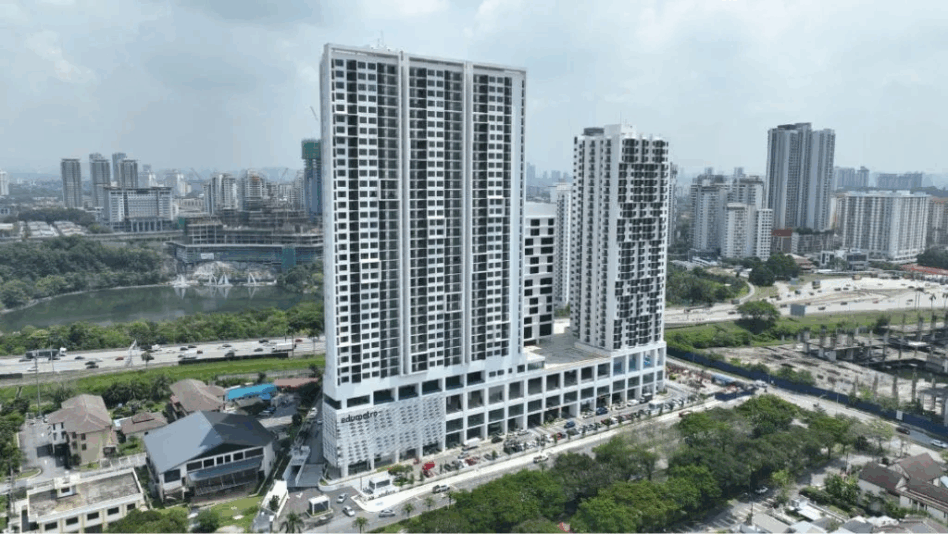IN his keynote address at the 2023 ASEAN Tourism Forum in Yogyakarta, Indonesia, Tourism, Arts and Culture Minister Datuk Seri Tiong King Sing proposed that Malaysia should consider providing visas-on-arrival for all countries to remain competitive in the global tourism industry.
This facility should have been introduced much earlier, as visa on arrival (VOA) is similar to normal visas that are applied for in advance and could be approved or rejected. Even after visas have been issued, entry could still be denied at entry points based on new leads or developments.
Offering VOA services simply entails deploying staff around the clock to process such applications quickly, as opposed to slowly for regular visas but processing need not be performed at all entry points, as this requires many officers. It can be centralised and efficient.
Any country with a VOA facility for all countries would certainly boost its foreign visitor arrivals, as many affluent people travel overseas at the spur of the moment for leisure or shopping. There are also those who need to travel urgently for business, medical treatment, or personal reasons.
It goes without saying that VOA would also promote greater trade and investments from nationalities that must obtain visas to enter Malaysia, and they include citizens from China, India, Bangladesh, Pakistan, and a few other countries.
In fact, these nationalities ought to be granted 14 days of visa-free entry to Malaysia, just like citizens from Iran and Libya, which have long enjoyed this privilege.
Are nationalities not granted visa-free entry a greater security risk than those that were granted a 14-day stay in our country?
Also, there are 95 nationalities that are allowed 30 days of visa-free entry to Malaysia and another 56 that could enter our country without a visa and stay for up to 90 days. Were citizens of these 161 countries a lesser security threat than those from China, India, Bangladesh, and Pakistan?
In 2019, Chinese nationals accounted for 3,114,257 tourist arrivals to Malaysia, followed by India with 735,309, Bangladesh with 179,000, and Pakistan with 105,757, totaling 4,134,323, which is more than the rest of the world combined, excluding those from Asean countries.
Had they been allowed 14 days of visa-free entry, their arrivals could have been doubled or even tripled. If so, total tourist arrivals could have been 30.2 million or 34.4 million in 2019, instead of 26.1 million. That year, Thailand gladly received 39.9 million foreign tourists.
In 2019, tourists from China spent RM15.3 bil in Malaysia. If their numbers were doubled, we could have earned RM30.6 bil, or RM45.9 bil if tripled. That year, 155 million outbound Chinese tourists spent US$254.6 bil globally.
But why are we still dragging our feet to open our doors wider to foreign tourists? Are we still bogged down by legacy issues that are more imaginary than real and that other countries have long consigned to the ash heap of history?
The global economic outlook remains gloomy, with a projected negative growth rate of 2.9% this year. It is no surprise that many countries around the world are again competing fiercely for the tourist dollar by being more friendly and welcoming to foreign visitors.
We have already lost billions of ringgit in the past by maintaining the same stance on certain nationalities. While national security is paramount, it should be pursued with moderation, as it is also in our national interest to prosper our country for the wellbeing of all our citizens. — Feb 9, 2023
YS Chan is Asean Tourism Master Trainer for travel agencies, master trainer for Travel & Tours Enhancement Course and Mesra Malaysia. He is also a tourism and transport industry consultant and writer.
The views expressed are solely of the author and do not necessarily reflect those of Focus Malaysia.









